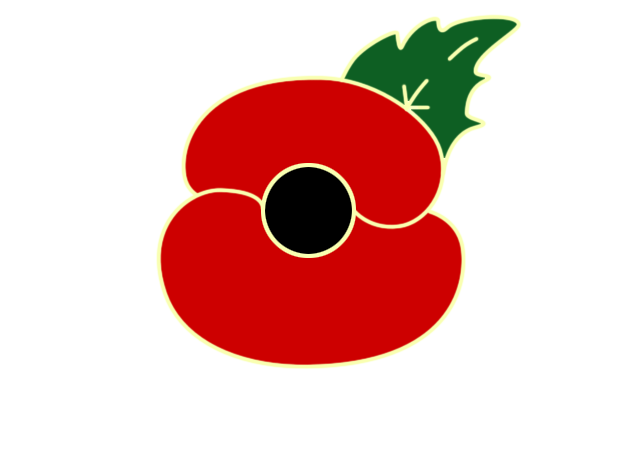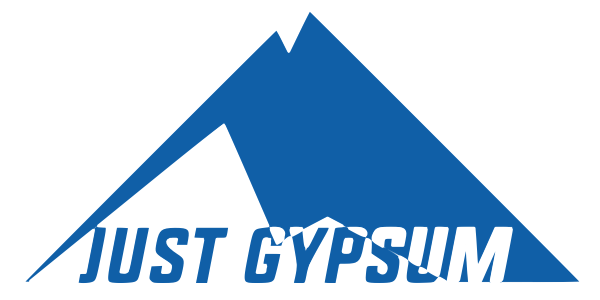Plasterers tools for plastering
Tools used in plastering:
Hawk/Handboard: Made from aluminium with a handle that can removed. Hawks can also be plywood with a wooden handle but if you notice that the plywood starts to break up at the edges or the layers come apart then you must not use it. Small pieces can end up getting mixed in with the plaster and it will be a huge inconvenience, especially when skimming.
Trowels: There are different types of trowels designed for different tasks.
Skimming trowels are thin and flexible and are made from steel. Being flexible means that you can get a better finish because it has more contact when laying down or trowelling up. You can different types of handles on skimming trowels too: banana shape, parallel and tapered handles with circular sections.
Flooring trowels are pointed at one end and has a longer blade.
Coving trowels are come in different shapes and sizes. They can be used internally and externally.
Gauging Trowels are used for gauging small amounts of material on the hawk for general work such as patching and tiling. They come in different lengths but 150 mm - 250 mm are the most used.
Angle or Twitcher Trowels can be used as margin trowels but they are mainly used for internal angles.
Margin Trowels come in different sizes but all are smaller than 75 mm wide.
Small tools: They are used for touching up moulds or detailed work. The blades come in different shapes and are thin and flexible. The blade is made from steel.
Joint rules are used to extend lengths of plaster to make mitres, stopped ends and returns. They are made from sheets of steel that are thin and one end is pointed. The metal reacts with the light colour cement so joint rules cannot be used for moulded coloured cement.
Busks and drags are flexible pieces of steel and are used to scrape the surface of fibrous plasterwork. They can also be used for cleaning and finishing joints. Saw-tooth drags have an edge like a saw which make it easier to scrape off plaster when it is too thick.
There are different types of floats that plasterers use:
Straight grain floats have wooden handles that are nailed from the underneath and usually come between 15 mm and 18 mm thick. The blade has a grain covering the whole length.
Devil floats are used to make a key for another coat of material by scratching the floated surface. The devil float has a few nails sticking out at one end to scratch the surface.
Skimming floats have a thin blade about 12 mm thick and are straight grained.
Fining/finishing float blades are usually 12 mm thick and the float is 150 mm x 75 mm. They are used when working with cement.
Chamfered floats are used for touching up moulded cement and V joints. Curved floats can be used for arches, coved skirtings etc.
Cross grained floats have a grain across the width. They are quite weak so they have a hardwood dovetailed strengthener.
Plastic floats are used for plain floated work.
Lots of different brushes are used to carry out different tasks;
Flat brushes are used to make walls damp, washing down and trowelling off. They are easy to use and to control when the bristles are 3/4 the original length.
Tool brushes are used in the same way as flat brushes but they are smaller. It can also be used to apply grease and shellac to fibrous plasterwork.
Splash brushes are used during the moulding process especially when filling in casts.
There are 2 types of levels that plasters mainly use:
Spirit levels are mainly bought at 225 mm in length and 750 mm in length. The 750 mm spirit level is particularly good for laying floors.
Water levels are quicker to use and are more accurate. They are made of a rubber tube with a clear glass/perspex tube at both ends.
Plumb bobs are made of lead and have a hole going through the middle. They are used to plumb vertical dots. a string goes through the hole and is tied.
Gauges are pieces of timber and are used two at a time. The gauges have to be the same size.
Lath hammers have an axe on one side and a hammer head on the other. The handle is made of either wood or steel. The axe side is used to trimming edges and taking off old plaster.
There are different types of rules that are used for different tasks.
Darby rules are short and have two handles. Darby rules can straighten floated coats without needing to use screeds.
Floating rules are
Box rules are the same as floating but box rules also have catching board that is nailed to the back at right angles. The catching board stops stuff falling on the ground when you are working on ceilings.
Feather edged rules are used when working on internal angles. You can also buy shorted feather edged rules that can straighten skimming applied when they have just been applied.
Parallel rules are used for floor and roof screeds. They should be checked often to make sure they are still parallel because they can wear down from ruling in sand mixes.
Rebated rules have two types; double rebated rules and single rebated rules. Double rebated rules are used to make both raised and sunken panels. Single rebated rules are used to rule in plinths that are parallel.
Curved templates/rules can be used to make screeds on curved work.
One coat projection plastering requires these tools;
Aluminium feather edge rule, swiss float (two handed trowel), aluminium scratching tools that are used to scrape internal angles (a corner plane can also be used for this), sponge floats, power floats, square internal angle trowels (for wall and ceiling angles) and angle/twitcher rules.


